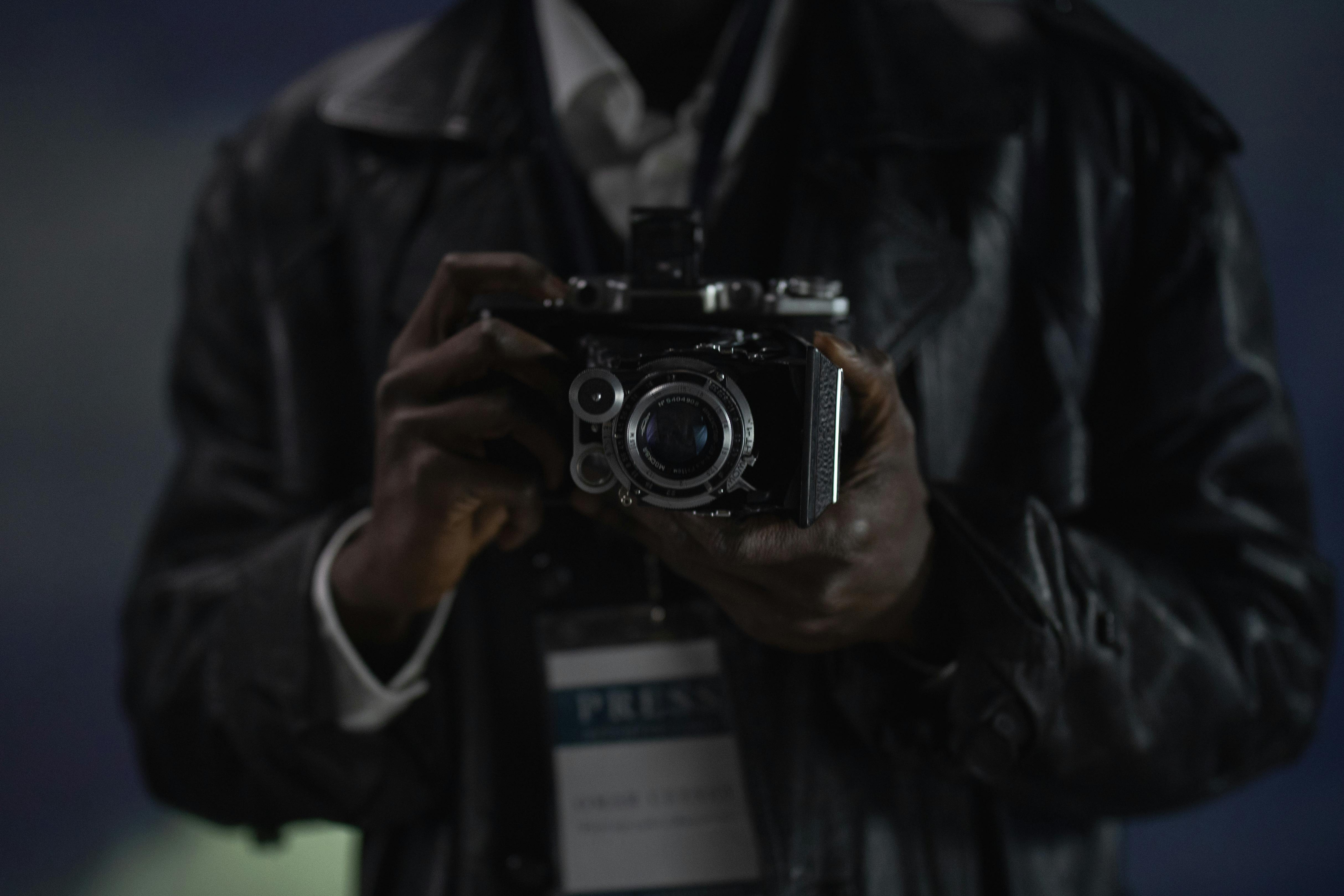How to Get a Press Pass as a Freelance Photographer
Gaining access to major events and securing exclusive shots starts with one key credential: a press pass. In today’s fast-paced media environment, knowing how to get a press pass as a freelance photographer can set you apart and unlock career-changing opportunities. This comprehensive guide will walk you through the entire process, from basics to advanced strategies, empowering you to become a respected media professional.

Understanding the Fundamentals
A press pass, or media credential, is an official identification that grants photographers access to restricted areas at events such as concerts, sports matches, political rallies, and red carpets. For freelance photographers, it’s both a tool and a trust badge that validates your legitimacy as part of the media landscape.
Historically, press passes were limited to staff journalists. However, the rise of independent creators, bloggers, and freelance journalists has shifted this dynamic, allowing more professionals to operate independently while still gaining professional access.
1.1 What Is a Press Pass?
A press pass is a form of identification issued by an event organizer, publication, or recognized media outlet that provides special access to press-only zones. For example, a freelance photographer covering a fashion week show may receive front-row or backstage access to capture exclusive content.
Common misconceptions suggest that only major news outlets can issue valid press credentials. In reality, freelancers can build credibility and obtain press access through consistent work, a solid portfolio, and affiliation with publications—digital or traditional.
1.2 Types of Press Passes
There are several types of press passes, each with its own purpose and scope:
- Event-Specific Passes – Issued for one-time events by organizers.
- Agency-Issued Press IDs – Offered by media outlets to their contributors.
- Third-Party Credentials – Provided by organizations like the NPPA (National Press Photographers Association).
What makes these unique is the level of access they provide. Event-specific passes may offer backstage privileges, while general press IDs establish credibility across multiple events.
Practical Implementation Guide
Now that the fundamentals are clear, it’s time to dive into how to get a press pass as a freelance photographer. While the process may differ by region and industry, the overall workflow remains consistent.

2.1 Actionable Steps
- Build Your Portfolio: Collect strong, event-focused work samples. Focus on action shots, crowd captures, and behind-the-scenes imagery that demonstrate journalistic quality.
- Get Published: Contribute to online publications, blogs, or local newspapers. Even unpaid credits help prove you’re active in the field.
- Contact Event Organizers: Reach out well in advance. Provide samples of your work, your audience reach (if applicable), and reasons you need access.
- Join Professional Associations: Organizations like IFPO or NPPA offer ID cards that can support your application.
- Request Letters of Assignment: Secure an official letter from a publication stating you are covering the event on their behalf.
2.2 Overcoming Challenges
Common obstacles include:
- Lack of published work – Start small with community events to build credibility.
- No professional network – Engage with local journalists and photographers online or in person.
- Denied access – Always have a backup plan like public spaces or alternative vantage points.
Expert tip: Always carry a printed portfolio and digital copies on your phone or tablet. Be ready to pitch your story angle at a moment’s notice.
Advanced Applications
Once you’ve mastered the basics of how to get a press pass as a freelance photographer, you can explore higher-level strategies that expand your access and influence. These are ideal when you’re looking to cover large-scale events or build recurring opportunities.

3.1 Applying for International Credentials
If you’re traveling abroad, organizations like the International Federation of Journalists (IFJ) issue globally recognized press cards. Some governments also offer accreditation through ministries or tourism boards. These can open doors to international conferences, red carpet events, or cross-border assignments.
Metrics show that photographers with international credentials book 2-3 times more premium assignments, especially in entertainment and sports journalism.
3.2 Syndication and Publication Rights
Consider licensing your photos through syndication networks or stock platforms. This adds an income stream and reinforces your legitimacy to event organizers. Integrate your work with content management systems that track metadata, copyright, and licensing terms.
Compatibility with platforms like Getty Images or Shutterstock can require meeting strict quality and metadata standards, so be prepared to optimize your workflow.
Future Outlook
As the media landscape continues to evolve, hybrid roles such as “visual journalist” or “mobile reporter” are on the rise. Access will increasingly be tied to brand presence and social proof, not just traditional outlets.
Augmented reality, drone coverage, and AI-based editing tools are shaping the next generation of event photography. Stay informed, invest in continuous education, and be ready to adapt your credentials to these new formats.
Conclusion
To summarize, learning how to get a press pass as a freelance photographer is a game-changer. The key takeaways include building a reputable portfolio, securing publication credits, and approaching organizers with a professional pitch.
Don’t wait—start with local events and work your way up. Remember, every successful freelance photographer once stood where you are now. With the right tools and tactics, you can unlock doors to the most exclusive stories in the world.
Frequently Asked Questions
- Q: Can anyone get a press pass? Yes, but you must demonstrate a journalistic purpose and either have a portfolio or publication backing.
- Q: How do I start if I’ve never shot an event? Volunteer at local festivals, parades, or school events to gain experience and photos for your portfolio.
- Q: How long does it take to get a press pass? Typically 1–3 weeks depending on the event and organization. Plan ahead.
- Q: How much does a press pass cost? Most are free if issued by events, but third-party credentials may cost $50–150 annually.
- Q: How does a press pass compare to a general ticket? A press pass provides behind-the-scenes or exclusive access not available to the public.
- Q: Is getting a press pass difficult for beginners? It can be, but with effort, a clear purpose, and a sample of your work, many doors can open.
- Q: What about niche industries like esports or fashion? Tailor your application and samples to that specific audience to increase your chances of approval.
